Home>Garden Essentials>Garden Storage>Sloped Backyard Ideas: 15 Design Tips For A Terraced Garden
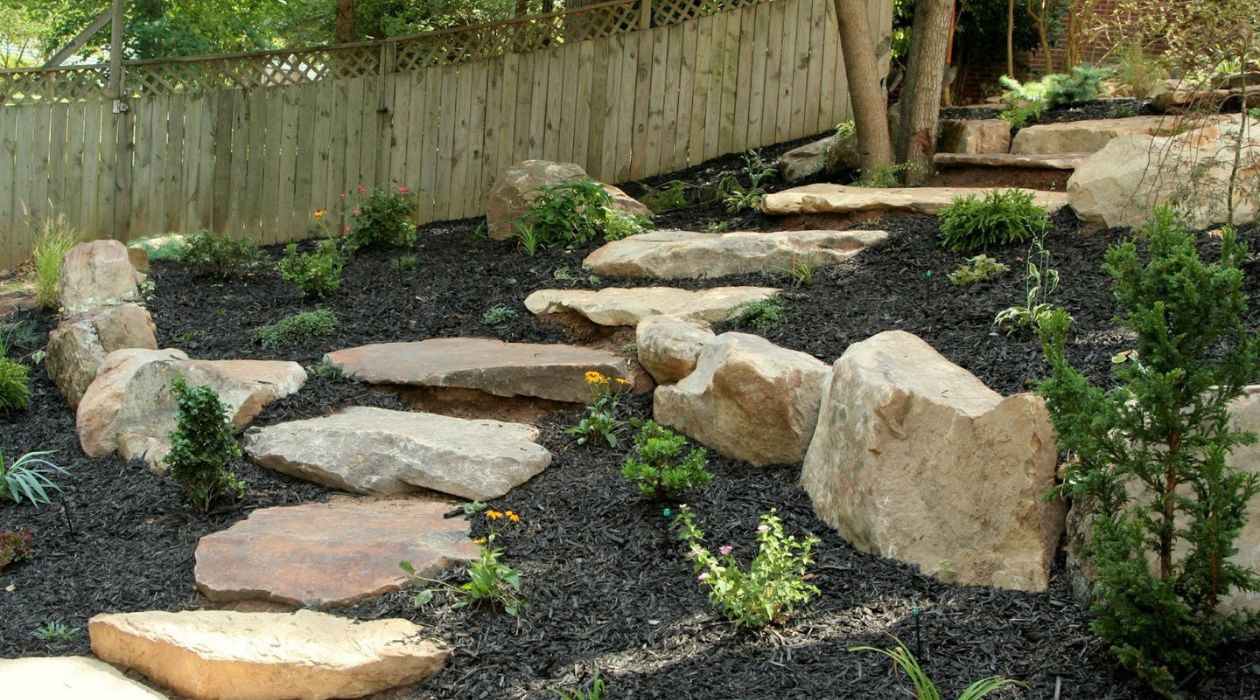

Garden Storage
Sloped Backyard Ideas: 15 Design Tips For A Terraced Garden
Modified: May 6, 2024
Transform your sloped backyard into a stunning terraced garden with these 15 storage-focused design tips. Maximize space and create a functional outdoor oasis.
(Many of the links in this article redirect to a specific reviewed product. Your purchase of these products through affiliate links helps to generate commission for Storables.com, at no extra cost. Learn more)
Introduction
A sloped backyard can pose both challenges and opportunities when it comes to designing a garden. However, with the right planning and creativity, you can transform your sloped terrain into a beautiful and functional outdoor space. Terracing is a popular technique that involves creating multiple levels or steps on a slope, allowing for easier access and creating distinct areas for various activities.
In this article, we will explore 15 design tips for a terraced garden, providing you with inspiration and guidance to make the most out of your sloped backyard. Whether you want to create a relaxing retreat, a vibrant garden filled with flowers and plants, or even an entertainment area, these tips will help you design a stunning and functional space.
Before diving into the design tips, it’s important to assess the slope of your backyard. Understanding the degree of the slope and how it affects water runoff, soil erosion, and accessibility will help inform your design decisions. If the slope is too steep, you may need to consult with a professional to determine the best approach for terracing and retaining the soil.
Now, let’s explore the 15 design tips for a terraced garden to help you unleash the full potential of your sloped backyard.
Key Takeaways:
- Transform your sloped backyard into a stunning terraced garden with 15 design tips. From evaluating the slope to incorporating water features, create a functional and aesthetically pleasing outdoor oasis.
- Maximize space and add versatility to your terraced garden with raised beds, vertical gardens, and potted plants. Incorporate functional elements like outdoor kitchens and play areas for a well-rounded outdoor living experience.
Read more: Great Backyard Pond Ideas For Your Garden
Evaluate the Slope
When starting your terraced garden project, the first step is to evaluate the slope of your backyard. This will help you understand the extent of the terrain you’re dealing with and guide your design choices.
Begin by measuring the slope angle using a clinometer or a smartphone app specifically designed for this purpose. This will give you an accurate idea of how steep the slope is and help you plan for proper terracing.
Next, consider the direction in which the slope faces. The amount of sunlight and shade your garden receives will vary depending on whether your slope faces north, south, east, or west. Take note of these patterns as they will influence the types of plants you can grow and the layout of your terraced garden.
Additionally, assess how water drains on your slope. Does it pool in certain areas or quickly run off? This will help you determine how to manage water runoff and prevent erosion. You may need to incorporate drainage solutions such as French drains or swales to redirect water and prevent soil erosion.
Understanding these slope characteristics will inform your decision-making process when it comes to designing your terraced garden. It will help you determine the number and size of terraces needed, as well as any additional measures required for proper drainage and stability.
By thoroughly evaluating the slope, you can ensure that your terraced garden is not only aesthetically pleasing but also functional and sustainable over time.
Consider Retaining Walls
Retaining walls are essential components of any terraced garden, especially when dealing with a sloped backyard. These walls serve multiple purposes, including providing stability, preventing soil erosion, and creating distinct levels or terraces.
When designing your retaining walls, consider both their functionality and aesthetics. The material you choose will play a significant role in defining the overall look and feel of your terraced garden. There are various options available, including natural stone, brick, concrete blocks, and timber. Each material has its own unique characteristics and can complement different garden styles.
Incorporating curves or patterns into your retaining walls can add visual interest and create a more dynamic and flowing design. Additionally, integrating seating areas or built-in planters into the retaining walls can maximize space and functionality.
It’s important to ensure that your retaining walls are properly engineered and built to provide adequate support for the soil behind them. Consulting with a professional or hiring a skilled contractor is recommended to ensure the structural integrity of your retaining walls.
Lastly, consider adding decorative elements to your retaining walls, such as climbing vines, vibrant mosaic tiles, or artistic murals. These touches can enhance the visual appeal of your terraced garden and make the retaining walls blend harmoniously with the overall landscape.
Remember, retaining walls not only serve as functional structures but also contribute to the overall aesthetics of your terraced garden. Properly designed and built retaining walls can transform a sloped backyard into a stunning and functional outdoor space.
Plan the Steps and Pathways
When creating a terraced garden, it’s important to plan and design steps and pathways to ensure easy and safe access between different levels. Steps and pathways not only serve a practical purpose but also add visual interest and structure to your garden.
Consider the layout of your terraced garden and determine the number of steps required to smoothly transition between each level. The width and height of the steps should be designed for comfortable and safe walking. Incorporating handrails on steeper sections can provide additional support and enhance safety.
For a natural and organic feel, consider using materials that blend with the surrounding landscape, such as natural stone or gravel. These materials not only provide slip resistance but also add texture and visual appeal to your garden.
In addition to steps, pathways are an important feature to connect different areas of your terraced garden. They guide visitors through the space and create a sense of flow and unity. Pathways can be made from a variety of materials, including gravel, flagstone, brick, or even decomposed granite. Choose a material that coordinates well with the overall design style of your terraced garden.
Furthermore, add lighting along the steps and pathways to ensure visibility and safety, especially during the evening hours. This can be accomplished with low-voltage landscape lighting or solar-powered path lights, which not only illuminate the way but also create a warm and inviting ambiance.
Lastly, consider adding seating areas or resting spots along the steps or pathways. This allows you to stop and admire the different levels and enjoy the beauty of your terraced garden. Benches, stone seating walls, or even cozy nooks with outdoor furniture can create inviting spaces to relax and take in the scenery.
By carefully planning and designing steps and pathways, you can ensure that your terraced garden is both accessible and visually appealing, guiding visitors through the different levels and creating a harmonious flow throughout the space.
Build a Level Seating Area
A level seating area is a fantastic addition to any terraced garden, providing a designated space for relaxation and entertainment. Whether you envision a cozy nook for reading, a dining area for alfresco meals, or a gathering spot for friends and family, a level seating area can be the focal point of your outdoor oasis.
Choose a flat area on one of the terraces to serve as your seating area. This can be achieved by creating a platform or patio using materials like concrete, flagstone, or decking. Ensure that the seating area is large enough to accommodate your desired furniture and activities.
Consider the layout and orientation of the seating area to take full advantage of the views and sunlight. Position seating to face the most scenic areas of your garden and provide easy access to other parts of the terraced landscape.
Add comfortable and weather-resistant seating options, such as outdoor sofas, lounge chairs, or even hammocks, to create a cozy and inviting atmosphere. Cushions, throw pillows, and blankets can add pops of color and a touch of comfort to the seating area.
Don’t forget to incorporate shade options, such as umbrellas, pergolas, or retractable awnings, to provide relief from the sun during hot summer days. This will ensure that you can enjoy your seating area comfortably throughout the day.
To enhance the ambiance of the seating area, consider incorporating features like a fire pit, a water fountain, or outdoor lighting. These elements can create a focal point and elevate the overall mood of the space.
Finally, add finishing touches to complete the look of your level seating area. Decorative elements like potted plants, outdoor rugs, and lanterns can add personality and charm to the space. Don’t be afraid to express your style and make the seating area truly reflect your taste.
By building a level seating area in your terraced garden, you provide a dedicated space for relaxation and socializing, elevating the overall enjoyment of your outdoor space.
Incorporate Raised Beds
One of the best ways to make the most of a sloped backyard is by incorporating raised beds into your terraced garden design. Raised beds not only help to maximize space utilization but also provide better drainage and easier access for planting and maintenance.
When creating raised beds, start by considering their size, shape, and placement. Look for flat areas on each level of your terrain where you can create the raised beds. The beds can be rectangular, square, or even curved, depending on your design preferences and the available space.
Choose durable materials for your raised beds, such as wood, stone, or composite materials. These materials not only add a natural and organic look to your garden but also withstand the test of time and weather conditions.
Consider the height of your raised beds as well. A height of 12-18 inches is generally recommended to provide ample space for root growth and make planting and harvesting easier. However, you can adjust the height based on your specific needs and preferences.
When it comes to planting in raised beds, you have the advantage of controlling the soil quality and composition. Fill the beds with a nutrient-rich, well-draining soil mix that is suitable for the types of plants you intend to grow. This will ensure optimal growing conditions and healthier plants.
Take advantage of the different levels and orientations of your terraced garden to create microclimates within your raised beds. Consider the varying sunlight exposure and wind patterns on different levels and select plants accordingly. This will allow you to create a diverse and thriving garden with a mix of sun-loving and shade-loving plants.
Incorporating raised beds also makes it easier to practice companion planting, which involves planting different crops together to maximize space, control pests, and improve nutrient uptake. Research companion planting techniques and choose plant combinations that work well together.
Lastly, add decorative elements to your raised beds to enhance the visual appeal of your terraced garden. Consider adding trellises for vertical plant growth, decorative edging, or even incorporate seating elements onto the edges of the raised beds.
By incorporating raised beds into your terraced garden, you can optimize space, improve growing conditions, and create a visually appealing and productive garden.
Create a Vertical Garden
If you have a limited space in your sloped backyard, consider creating a vertical garden as part of your terraced garden design. Vertical gardens not only maximize space utilization but also add a unique and eye-catching element to your outdoor space.
There are several ways to create a vertical garden on a slope. One option is to utilize the retaining walls by installing vertical planter boxes or using pocket planters. These planters can be filled with your favorite herbs, flowers, or even trailing vines, creating a vibrant and lush wall of greenery.
Another option is to create standalone vertical structures, such as trellises, arbors, or hanging planters, that can be attached to the retaining walls or placed strategically within the terraced garden. These structures can support climbing plants, such as ivy, jasmine, or climbing roses, adding vertical interest and creating a visually stunning backdrop.
When choosing plants for your vertical garden, consider those that are well-suited for vertical growth and have the ability to thrive in the specific environmental conditions of your garden. Some popular choices include ferns, succulents, herbs, and flowering vines like morning glories or clematis.
Ensure that your vertical garden receives adequate sunlight or shade, depending on the preferences of the plants you choose. Additionally, consider the irrigation needs of the plantings and incorporate a drip irrigation system or regular watering schedule to keep your vertical garden healthy and flourishing.
Aside from plants, you can also incorporate other elements into your vertical garden to add visual interest. Hang decorative lanterns, wind chimes, or small garden ornaments for a personalized touch. Utilize outdoor artwork or vertical mirrors to create the illusion of depth and make the garden feel more spacious.
A vertical garden not only adds beauty and character to your terraced garden but also allows you to cultivate plants in an innovative and space-saving way. Get creative and let your imagination run wild when it comes to designing and implementing your vertical garden.
Install Water Features
Adding water features to your terraced garden can bring a sense of tranquility and serenity to your outdoor space. The sound of flowing water and the visual appeal of water features can create a soothing ambiance and add a refreshing element to your sloped backyard.
There are various types of water features you can consider incorporating into your terraced garden. One option is a cascading waterfall or a series of small cascades that flow down the slope. This can be achieved by strategically positioning rocks and creating a gentle slope for the water to flow.
Another popular water feature is a pond or a small decorative pool. This can be designed to fit into one of the terraces or transform an entire level into a water oasis. Consider adding aquatic plants, such as water lilies or water hyacinths, to enhance the natural beauty of the pond.
If space is limited, a wall fountain or a bubbling water feature can be an excellent choice. These can be mounted on retaining walls or installed in a vertical garden, adding a touch of elegance and creating a calming atmosphere.
When installing water features, it’s important to consider the overall aesthetics and ensure that they blend harmoniously with the surrounding landscape. Natural stone, pebbles, or decorative tiles can be used to create visually appealing foundations or surrounds for the water features.
Additionally, lighting is crucial for water features, especially if you want to enjoy them during the evening hours. Incorporate underwater lighting or spotlights to highlight the water features and create a mesmerizing effect.
Remember to consider the maintenance requirements of the water features and ensure proper circulation and filtration. Regular cleaning and maintenance will keep your water features looking their best and prevent any issues with algae or stagnant water.
Installing water features in your terraced garden can transform your outdoor space into a peaceful oasis. The soothing sounds and captivating visuals of water will create a serene environment for relaxation and enjoyment.
Include Outdoor Lighting
Outdoor lighting is a crucial element in any terraced garden design, as it not only enhances the safety and functionality of the space but also creates a warm and inviting atmosphere during the evenings. Adding well-planned outdoor lighting can highlight the beauty of your garden, showcase specific features, and extend the usability of your outdoor space.
Start by considering the different areas of your terraced garden that you want to highlight or illuminate. This can include pathways, steps, seating areas, water features, and focal points like sculptures or beautiful trees. Understanding the purpose of each area will help you determine the appropriate lighting techniques and fixtures to use.
One popular lighting option is pathway lighting. Install low-voltage or solar-powered path lights along the steps and pathways to guide visitors throughout the garden. These lights not only provide illumination but also add a soft and inviting glow to the surroundings.
Incorporate step lighting to ensure safe passage on any elevated or tiered sections of your garden. LED strip lights or recessed lighting can be installed on the sides or underneath each step, providing visibility and enhancing the aesthetics of your terraced garden.
To highlight specific features or focal points, use spotlights or uplights. These can be strategically positioned to illuminate trees, statues, or architectural elements, adding depth and drama to your garden after dark.
Consider adding string lights or overhead lighting fixtures to your seating areas. These create a cozy and intimate ambiance, allowing you to enjoy the garden even after sunset. Hang string lights across the terrace or use pendant lights or lanterns to add a warm and inviting glow to your outdoor seating space.
Furthermore, accent lighting can be used to create a magical atmosphere in your garden. Submersible lights can be placed in ponds or water features, adding a beautiful and ethereal glow. Alternatively, incorporate lighting fixtures into your vertical garden or around plants to create a stunning visual effect.
Don’t forget to consider energy efficiency when selecting outdoor lighting fixtures. Opt for LED lights, which not only consume less energy but also have a longer lifespan. Solar-powered lights are another great option, as they harness the natural energy of the sun and are environmentally friendly.
By including a well-designed outdoor lighting plan in your terraced garden, you can extend the usability of your outdoor space, enhance its beauty, and create an enchanting and inviting atmosphere for evening gatherings and relaxation.
Consider using retaining walls to create terraced levels in your sloped backyard. This will help prevent erosion, provide flat areas for planting, and create a visually appealing garden design.
Choose the Right Plants
Choosing the right plants for your terraced garden is essential in creating a thriving and visually appealing outdoor space. The types of plants you select will depend on various factors such as the amount of sunlight, soil conditions, and the microclimates within your garden.
Start by assessing the sunlight exposure on different levels of your terraced garden. Some areas may receive full sun throughout the day, while others may be partially shaded due to nearby trees or structures. Select plants that thrive in the specific light conditions of each level.
Consider the soil conditions of your garden as well. Is it well-draining or does it retain moisture? Choose plants that are adapted to the soil type and amend the soil as necessary to create optimal growing conditions for your selected plants.
Furthermore, take into account the microclimates within your terraced garden. Different levels may have slightly varying temperatures and wind conditions. Select plants that are suitable for each microclimate to ensure their success.
When selecting plants, consider the overall aesthetic and style you want to achieve in your terraced garden. Choose a mix of plant types, including trees, shrubs, perennials, and annuals, to add layers of texture and color. Incorporate a variety of flowering plants to create visual interest and attract pollinators.
Utilize vertical space by incorporating climbing plants or vines. These plants can be trained to grow on trellises, pergolas, or vertical structures, adding vertical interest and maximizing space utilization.
Consider using native plants or plants that are well-adapted to your region’s climate. Native plants are often more resilient and require less maintenance once established. They also provide habitat and food for local wildlife, contributing to the biodiversity of your garden.
Don’t be afraid to mix and match plant varieties to create a dynamic and diverse terraced garden. Consider plants with different heights, foliage colors, and textures to add depth and visual interest. Group plants with similar water and sunlight requirements together to make maintenance easier.
Remember to pay attention to the mature size of the plants you choose. Consider how they will fill out the available space and ensure they won’t overwhelm smaller areas or impede walkways and views.
Lastly, keep in mind the maintenance requirements of the plants you select. Choose plants that align with the amount of time and effort you can dedicate to gardening. Some plants may require regular pruning, fertilizing, or divided every few years, while others may be low-maintenance and require minimal care.
By carefully selecting the right plants for your terraced garden, you can create a thriving and visually stunning outdoor space that will bring joy and beauty year after year.
Add Potted Plants and Hanging Baskets
To add a touch of versatility and flexibility to your terraced garden, consider incorporating potted plants and hanging baskets. These portable and movable elements allow you to easily change the arrangement and add pops of color and texture to different areas of your garden.
Potted plants are a great option for adding greenery and visual interest to your terraced garden. They can be placed on different levels, steps, or even on the edges of retaining walls, creating a vibrant and dynamic atmosphere.
Choose a variety of plant species for your potted plants to add depth and texture. Consider a mix of foliage plants, flowering plants, and cascading plants to create an appealing composition. Select plants based on their suitability for container growing and their light and water requirements.
Experiment with different sizes and shapes of pots to create visual interest. Opt for terracotta, glazed ceramic, or lightweight plastic pots that complement the overall style of your garden. Group pots together in clusters or arrange them in a line to create a cohesive and eye-catching display.
Hanging baskets are another fantastic way to utilize vertical space in your terraced garden. They can be suspended from pergolas, trees, or installed on hooks along retaining walls. Hanging baskets bring lushness and beauty at eye level, enhancing the visual impact of your garden.
Choose plants that are well-suited for hanging baskets, such as trailing vines, colorful annuals, or cascading flowers. Ensure that the plant species you select are suitable for the sunlight and wind conditions of the hanging basket’s location.
Consider mixing and combining different types of plants in your hanging baskets to create unique and visually appealing displays. Combine plants with varying textures, colors, and growth habits to achieve an eye-catching cascade of greenery and blooms.
Remember to water and fertilize your potted plants and hanging baskets regularly, as they can dry out more quickly than plants directly planted in the ground. Ensure proper drainage for your pots and baskets to prevent waterlogged roots.
Don’t be afraid to get creative with your arrangements and experiment with different combinations of potted plants and hanging baskets. You can easily switch them around or add seasonal plants to keep your terraced garden looking fresh and vibrant throughout the year.
By incorporating potted plants and hanging baskets, you can bring versatility, mobility, and a burst of color to your terraced garden, creating a visually stunning and ever-changing outdoor space.
Build a Garden Shed or Storage Area
A garden shed or storage area is a practical addition to your terraced garden, providing a designated space to store tools, equipment, and garden supplies. It not only helps keep your garden organized but also ensures that your valuable items are protected from the elements.
When building a garden shed or storage area, start by assessing the available space in your terraced garden. Choose a flat area that is easily accessible and fits well within the overall layout of your garden. Consider the size of the shed or storage area based on your storage needs and the available space.
Select a durable and weather-resistant material for your shed. Options include wood, metal, or resin. Each material has its own strengths and maintenance requirements, so choose one that suits your preferences and fits well with the overall aesthetic of your garden.
Design the interior of your garden shed or storage area to maximize functionality and organization. Install shelves, hooks, and pegboards to hang tools and equipment. Consider adding designated spaces for specific items, such as a potting bench or a tool rack.
Ensure that your shed or storage area has proper ventilation and lighting to keep the space fresh and well-lit. Windows or skylights can provide natural light, and a small fan or vents can help with air circulation.
Consider adding a workspace or a potting bench within the storage area. This can serve as a convenient spot for potting plants, starting seedlings, or engaging in other gardening tasks. Make sure to provide ample countertop space and storage for gardening supplies.
Choose a shed or storage area design that complements the aesthetics of your terraced garden. Consider painting or staining the shed to match the surrounding landscape or incorporating decorative elements such as climbing plants or window boxes filled with colorful flowers.
Lastly, ensure that your shed or storage area is secure. Install sturdy locks and consider adding security features such as motion-sensor lights or a security system if desired.
A garden shed or storage area adds functionality and organization to your terraced garden. By having a designated space for tools and equipment, you can keep your garden tidy and easily access everything you need for your gardening activities.
Design an Outdoor Kitchen or Barbecue Area
Designing an outdoor kitchen or barbecue area in your terraced garden can transform it into a culinary haven and a gathering spot for outdoor entertaining. It allows you to take advantage of the beautiful surroundings while enjoying the pleasures of cooking and dining alfresco.
Start by choosing the location for your outdoor kitchen or barbecue area. Select a level area in your terraced garden that is easily accessible and provides adequate space for cooking, prepping, and dining. Consider the proximity to seating areas and any existing utility connections.
Decide what features you would like to include in your outdoor kitchen. This may include a grill, a sink, a mini-fridge or cooler, countertops for food preparation, storage cabinets, and even a pizza oven or a smoker depending on your culinary preferences.
Design the layout of your outdoor kitchen to ensure functionality and convenience. Plan the flow of work from prepping and cooking to serving and cleaning. Consider leaving ample counter space on each side of the grill for food preparation and plating.
Choose materials that are suitable for outdoor use and can withstand the elements. Stainless steel appliances and countertops are popular choices for their durability and resistance to heat and moisture. Incorporate natural stone or ceramic tiles for a stylish and functional countertop surface.
Consider adding a pergola or a canopy to provide shade over your outdoor kitchen or barbecue area. This will make cooking and dining more comfortable, especially during hot sunny days. Additionally, incorporate lighting for evening use, such as task lighting over the cooking area and ambient lighting to create a cozy atmosphere.
Enhance the aesthetics of your outdoor kitchen by creating a backsplash using decorative tiles or natural stone. Install vertical planters or hanging baskets filled with herbs and edible plants for a convenient and attractive addition to your cooking space.
Don’t forget to create a comfortable dining area nearby, with outdoor furniture and seating that complements the style of your outdoor kitchen. This will provide a space for guests to relax and enjoy their meals while taking in the beautiful surroundings.
Lastly, ensure that your outdoor kitchen or barbecue area is equipped with proper ventilation to allow for smoke and odors to dissipate. Consult with a professional if needed to ensure that your outdoor cooking space meets safety standards and local regulations.
An outdoor kitchen or barbecue area in your terraced garden elevates your outdoor living experience, allowing you to indulge in delicious meals while embracing nature. It becomes a focal point for entertaining and creates lasting memories with friends and family.
Install a Fire Pit or Fireplace
Installing a fire pit or fireplace in your terraced garden is a wonderful addition that creates a cozy and inviting atmosphere. It provides warmth, light, and a focal point for relaxation and gathering with loved ones. A fire feature enhances the overall ambience of your outdoor space, allowing you to extend your enjoyment well into the cooler evenings.
First, determine the ideal location for your fire pit or fireplace. Choose a level area in your terraced garden that is safely away from any flammable materials. Consider the proximity to seating areas to create a comfortable and convenient space for socializing and bonding around the fire.
Decide whether you prefer a fire pit or a fireplace, as each has its own unique benefits. A fire pit is more open and allows for a 360-degree view of the flames and a communal gathering atmosphere. On the other hand, a fireplace offers more structure and can provide additional warmth and a cozy ambiance.
Select the materials for your fire feature that align with the overall look and feel of your terraced garden. Options range from natural stone and brick to metal or concrete. Choose materials that are resistant to high temperatures and will withstand the elements.
Consider the size of your fire pit or fireplace in relation to the available space and the number of people you anticipate gathering around it. Ensure there is enough room for seating and circulation around the fire feature. Incorporate comfortable seating options like outdoor chairs, benches, or cushions.
Enhance the safety of your fire pit or fireplace by installing a fire-resistant base or surround. This can be made from materials like gravel, stone, or fire-resistant pavers. Make sure to follow local fire safety regulations and guidelines.
Illuminate the area around your fire feature with outdoor lighting. Install soft lighting along pathways and seating areas to create a cozy and intimate atmosphere. Consider adding string lights, lanterns, or torches to provide additional ambient lighting.
Include a firewood storage area or a designated space to keep firewood nearby. This ensures convenience and accessibility when fueling your fire pit or fireplace. Choose a location that is sheltered from rain and provides proper ventilation.
Remember to take safety precautions when using your fire pit or fireplace. Keep a fire extinguisher nearby, never leave the fire unattended, and always fully extinguish the flames before leaving the area or going to bed.
Installing a fire pit or fireplace in your terraced garden creates a cozy ambiance and allows for year-round enjoyment of your outdoor space. Whether you’re relaxing with a book by the fire or hosting a gathering with friends, a fire feature will undoubtedly become a cherished focal point in your garden.
Create a Play Area for Kids
Designing a play area for kids in your terraced garden is a great way to create a fun and engaging space where children can play, explore, and enjoy the outdoors. It provides them with an opportunity to connect with nature, exercise their imaginations, and foster a love for outdoor activities.
Start by assessing the available space in your garden and designate an area specifically for the play area. Consider safety as a top priority and choose a level area with minimal slopes or hazards.
Incorporate various play elements into the space to cater to different interests and age groups. This can include swings, a slide, a climbing wall, a sandbox, or even a playhouse. Each of these elements will offer unique opportunities for entertainment and development.
Ensure that the play area is well-equipped with safety features. Use soft and cushioned surfaces like rubber mats or natural mulch to create a safe landing area beneath the swings and slides. Check that all equipment is securely anchored and in good condition.
Add natural elements to the play area to stimulate creativity and encourage sensory play. Include a small garden patch where children can plant and care for their own flowers or vegetables. Incorporate rocks, tree stumps, or logs for climbing and balancing activities.
Consider providing seating for adults nearby so they can supervise children while enjoying the comfort of being in close proximity. This also allows for interaction and participation in their play activities.
If space permits, you can also consider incorporating a mini-golf course, a small soccer field, or a basketball hoop. These additions provide opportunities for physical activity and skill development.
Install outdoor lighting if the play area will be used in the evenings. This will extend playtime and ensure visibility for safe play. Place pathway lights or install solar-powered lights near play structures for added safety.
Promote environmental consciousness by incorporating eco-friendly features into the play area. Include recycling bins and educate children on the importance of caring for the environment. Use sustainable materials and opt for natural landscaping practices that benefit local wildlife.
Keep the play area well-maintained by regularly checking and cleaning the equipment, ensuring proper drainage, and keeping the area free from hazards. Regularly inspect for any wear and tear that may need repair or replacement.
A well-designed play area in your terraced garden provides children with a safe and engaging space to explore, learn, and have fun. It encourages them to embrace the outdoors and offers endless opportunities for play and imagination.
Use Decorative Accessories and Furniture
Adding decorative accessories and furniture to your terraced garden is the perfect finishing touch that elevates the overall aesthetics and functionality of the space. These elements not only add personality and style but also provide comfort and convenience for you and your guests to enjoy.
Start by selecting outdoor furniture that suits your design preferences and the layout of your terraced garden. Consider the materials that are suitable for outdoor use, such as weather-resistant wicker, teak, or metal. Choose furniture that is comfortable and fits well with the available space.
Create different seating areas within your terraced garden to provide options for relaxation and socializing. Arrange chairs, benches, or outdoor sofas in conversation groupings or around key focal points like fire pits or water features. Incorporate cushions and outdoor pillows that add color and comfort.
Make use of decorative accessories to add charm and visual interest to your garden. Hang wind chimes, colorful flags, or outdoor artwork. Use pots and planters of different shapes, sizes, and colors to showcase a variety of plants and flowers.
Consider incorporating outdoor rugs to define seating areas or pathways, providing both style and comfort underfoot. Choose rugs that are specifically designed for outdoor use, as they are made to withstand weather conditions and are easy to clean.
Install shade features such as umbrellas, pergolas, or retractable awnings to provide relief from the sun on hot days. This not only adds functionality but also enhances the overall comfort of your outdoor space.
Light up your terraced garden in the evenings with outdoor lighting. Install string lights, lanterns, or solar-powered pathway lights to create a warm and inviting ambiance. Highlight specific features like plants, sculptures, or water elements with well-placed spotlights.
Consider the addition of functional items like outdoor storage boxes or bins to keep gardening tools, cushions, and blankets organized and protected from the elements. These storage solutions can be incorporated seamlessly into your garden design.
Pay attention to the little details by adding small decorative elements like garden statues, bird feeders, or hanging baskets. These accessories create focal points and bring a sense of whimsy and character to your terraced garden.
Regularly maintain and clean your furniture and accessories to keep them looking their best. Consider storing cushions and smaller accessories in a covered area during the winter months to prolong their lifespan.
By using decorative accessories and furniture, you can infuse your terraced garden with personal style and create a welcoming outdoor space that reflects your taste and enhances your enjoyment of the natural beauty around you.
Conclusion
Designing a terraced garden opens up a world of possibilities for transforming your sloped backyard into a stunning and functional outdoor oasis. By implementing the 15 design tips discussed in this article, you can make the most out of your terraced garden and create a space that is both aesthetically pleasing and practical.
From evaluating the slope and considering retaining walls to planning steps and pathways, each tip plays a crucial role in creating harmony and accessibility within your garden. Incorporating raised beds and vertical gardens allows for efficient space utilization and adds depth and texture to the landscape. Water features, outdoor lighting, and decorative accessories enhance the ambiance of your garden, creating soothing and inviting spaces.
Furthermore, incorporating functional elements like a garden shed or storage area, an outdoor kitchen or barbecue area, and a play area for kids adds convenience, entertainment, and enjoyment to your outdoor living experience. Lastly, choosing the right plants and utilizing potted plants and hanging baskets brings life and color to your terraced garden, while selecting furniture and decorative accessories adds comfort and style.
Remember, the key to a successful terraced garden lies in finding the balance between form and function. Prioritize safety and sustainability, consider the local climate, and choose plants and materials that are well-suited to your specific conditions. Regular maintenance and care will ensure that your terraced garden thrives and continues to bring you joy throughout the seasons.
So, roll up your sleeves, let your creativity flow, and embark on the journey of designing your dream terraced garden. With these design tips as your guide, you’ll be able to create an outdoor space that not only reflects your personal style but also becomes a haven for relaxation, entertainment, and connection with nature.
Ready to redefine your garden's boundaries and boost privacy while keeping it stylish? Our article on the best garden fence ideas offers practical tips and creative options fit for any landscape. Whether you're considering a classic picket fence or something more modern, these ideas will guide you in creating a beautiful, functional outdoor space that complements your terraced garden.
Frequently Asked Questions about Sloped Backyard Ideas: 15 Design Tips For A Terraced Garden
Was this page helpful?
At Storables.com, we guarantee accurate and reliable information. Our content, validated by Expert Board Contributors, is crafted following stringent Editorial Policies. We're committed to providing you with well-researched, expert-backed insights for all your informational needs.
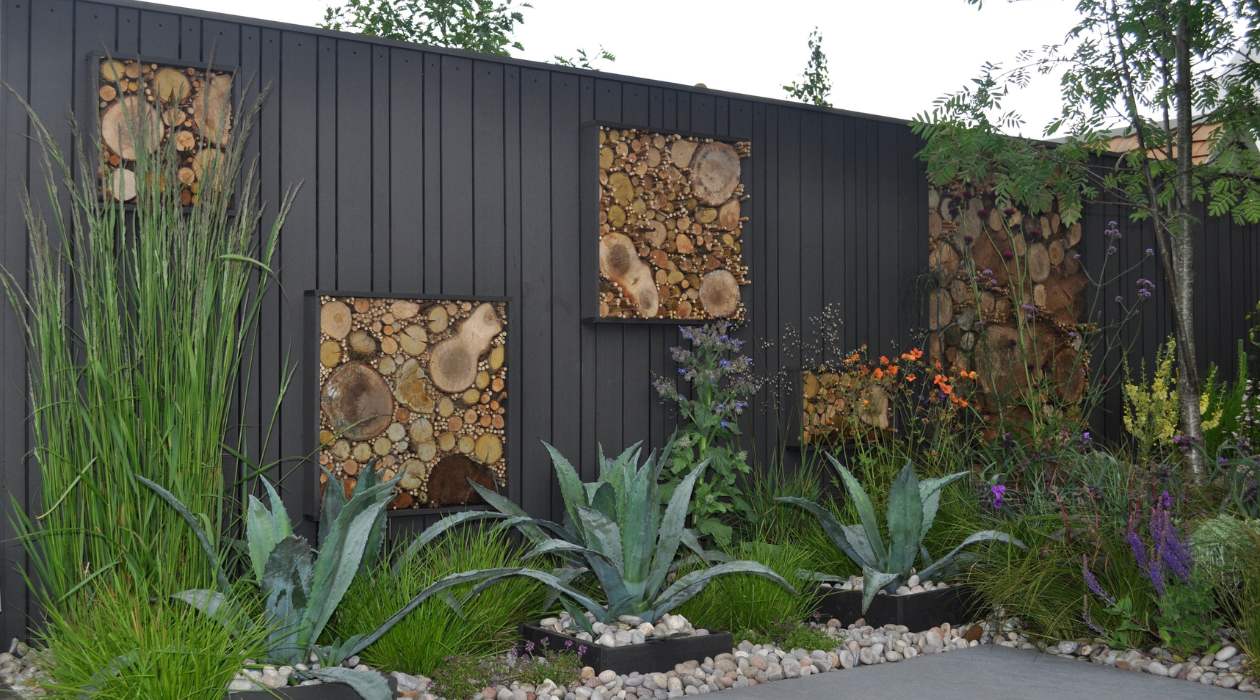
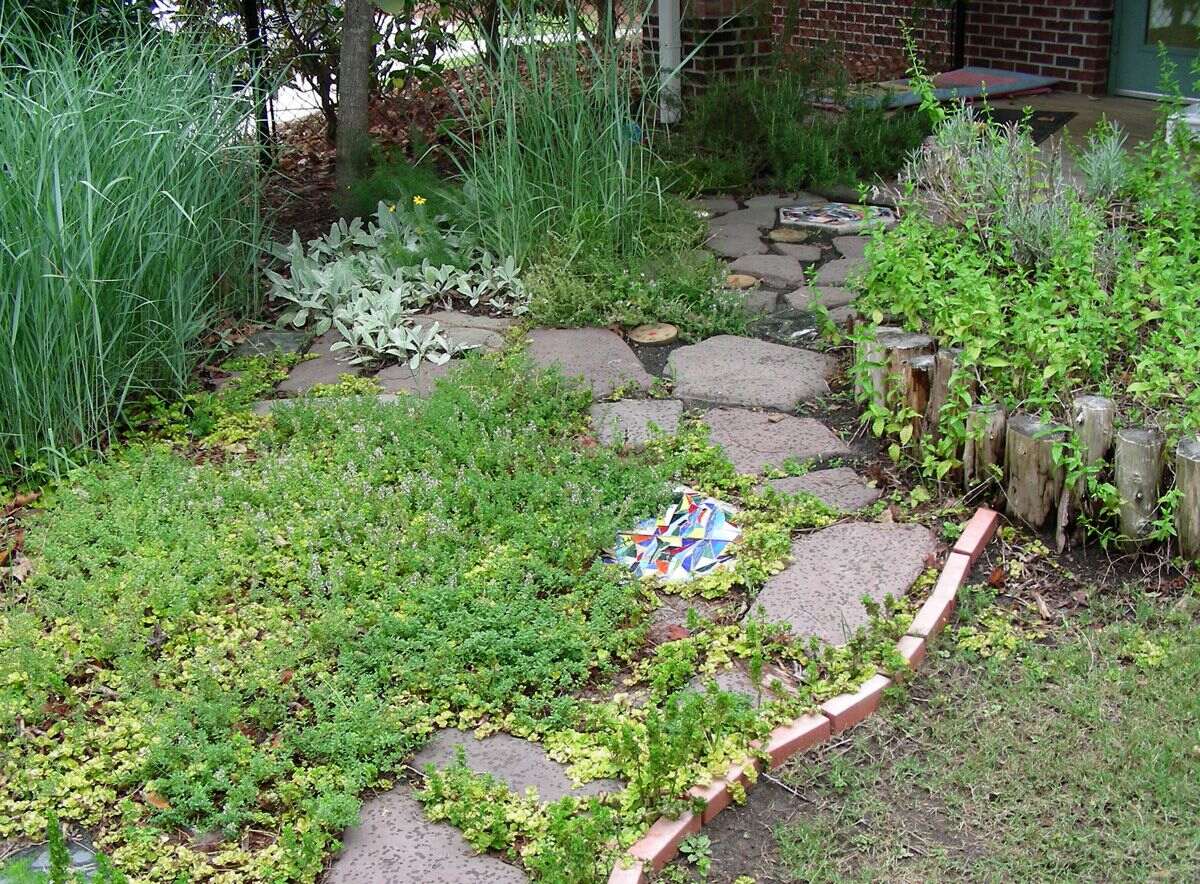
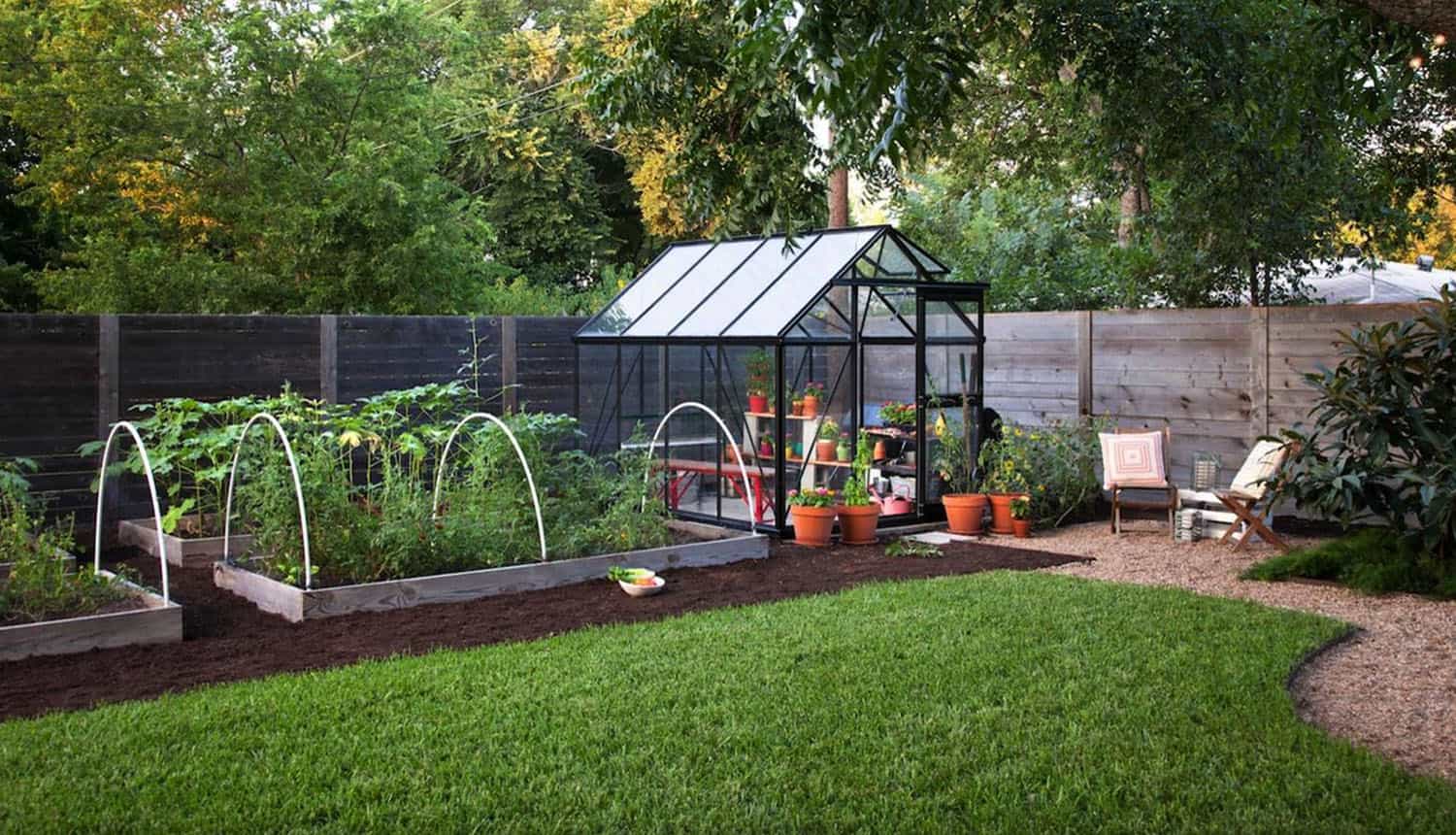
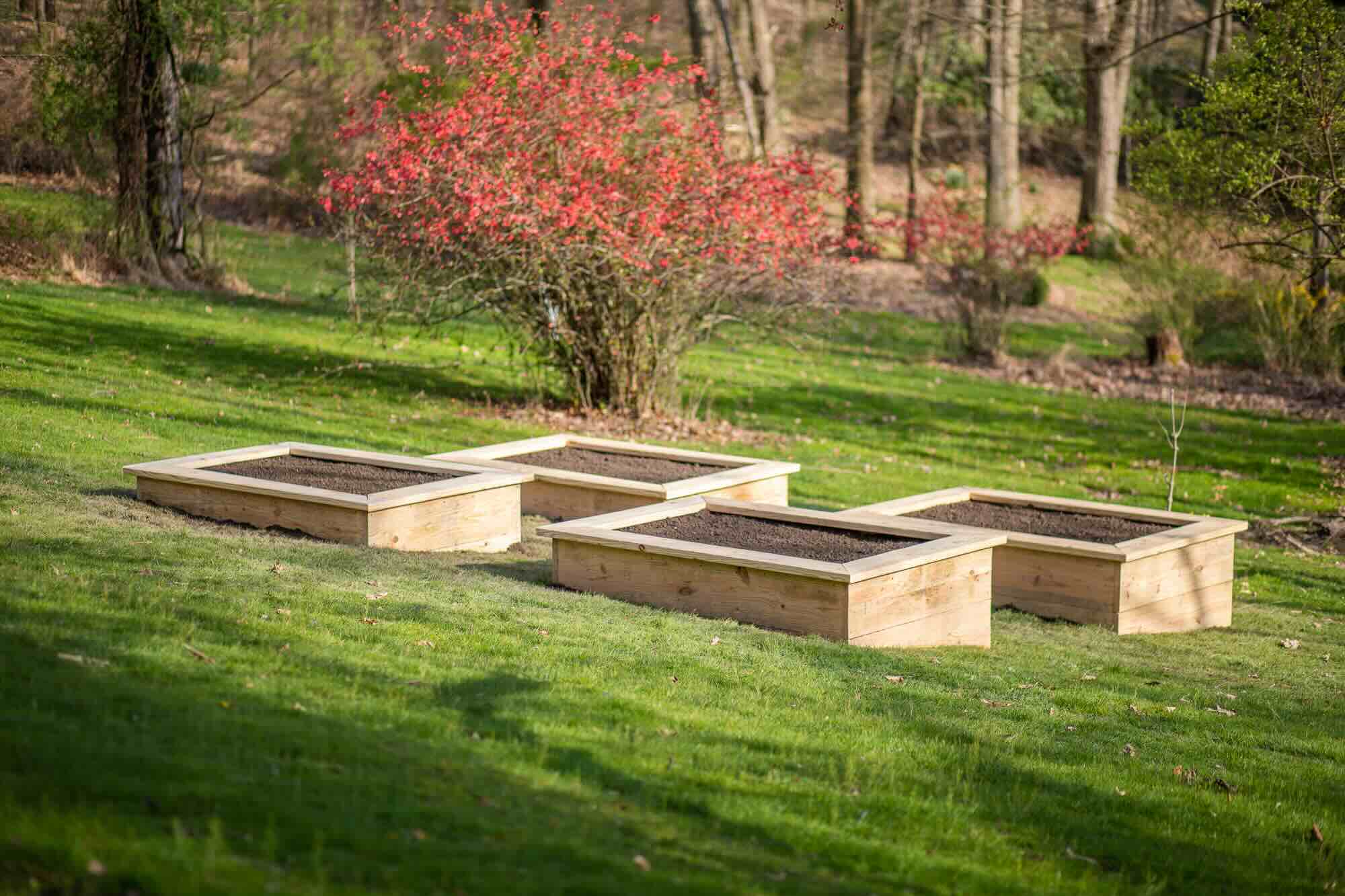
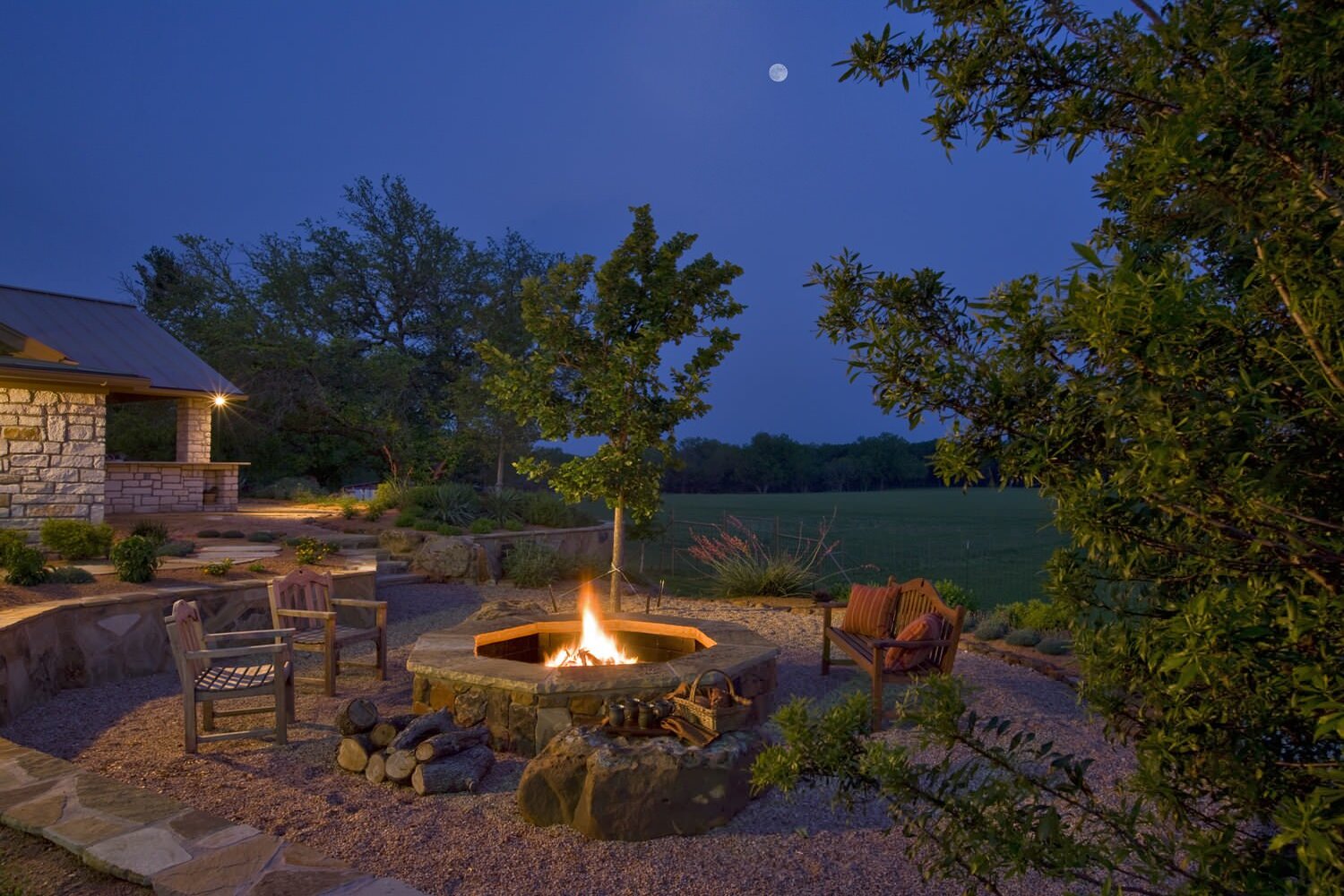
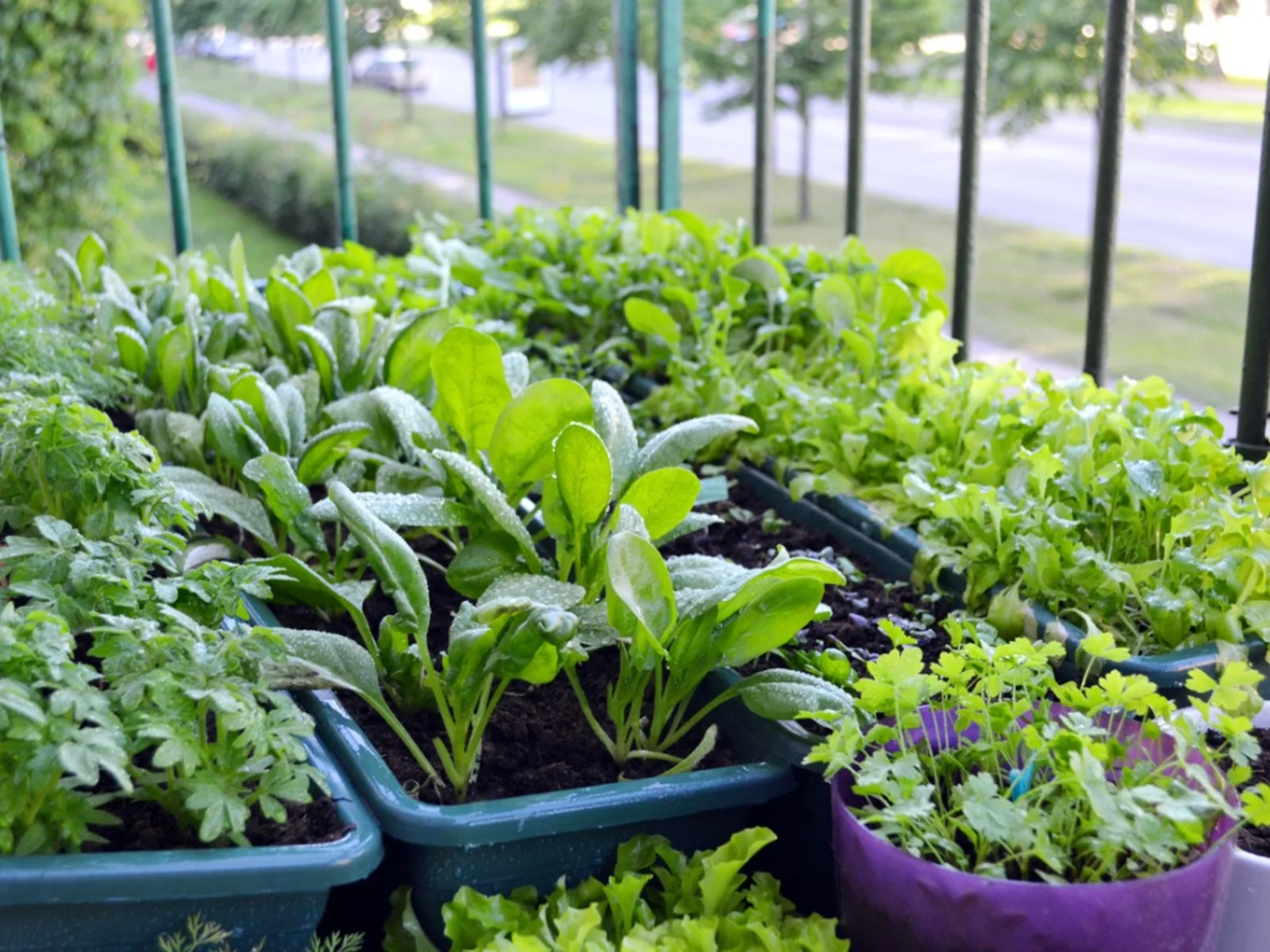
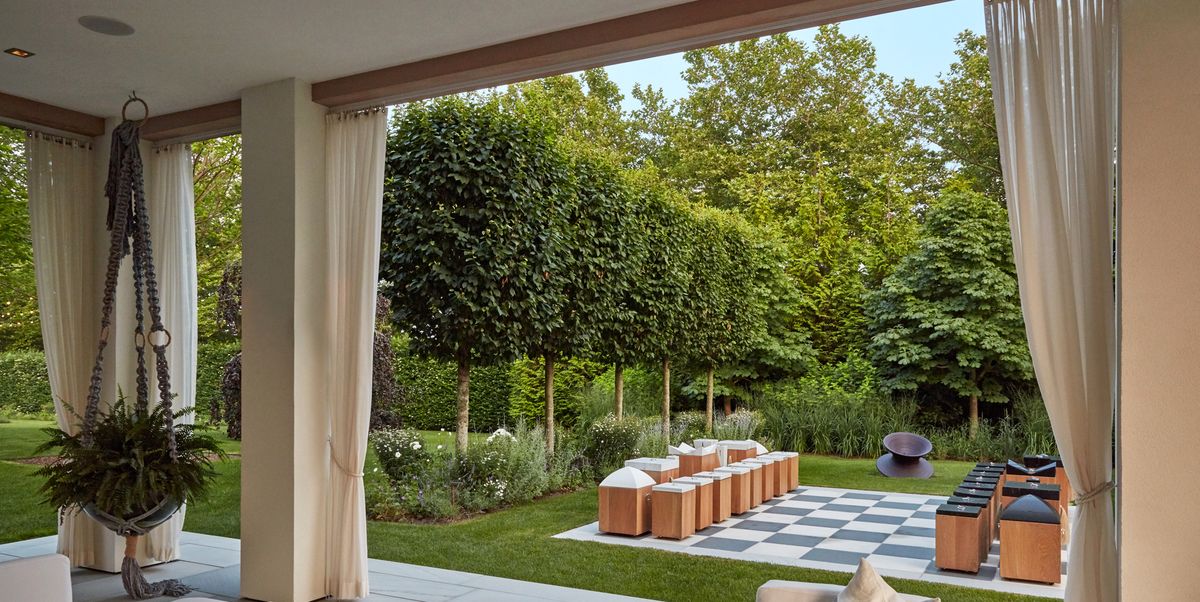
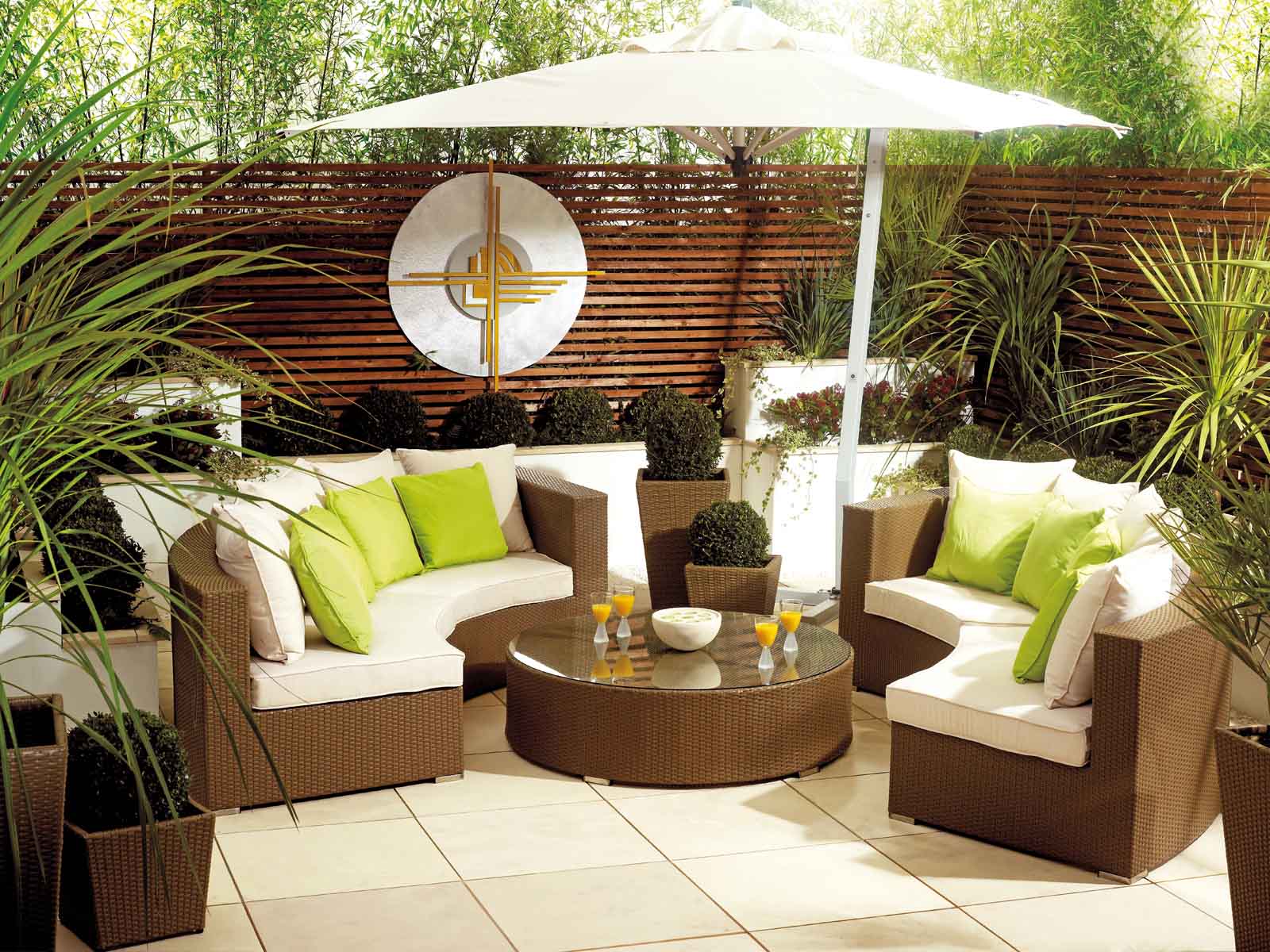
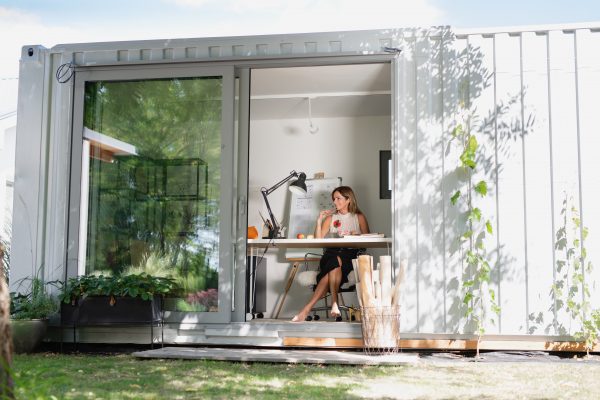
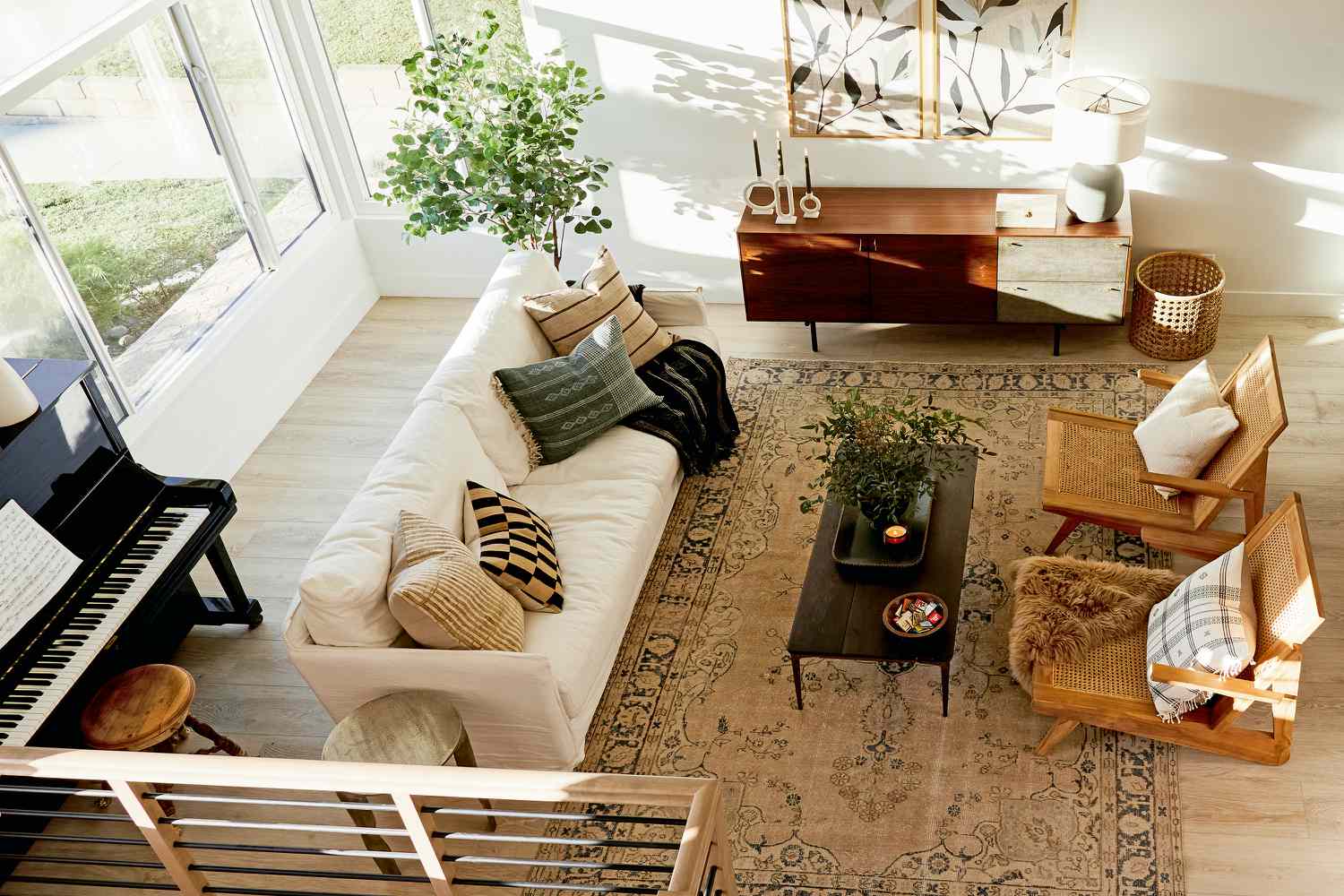
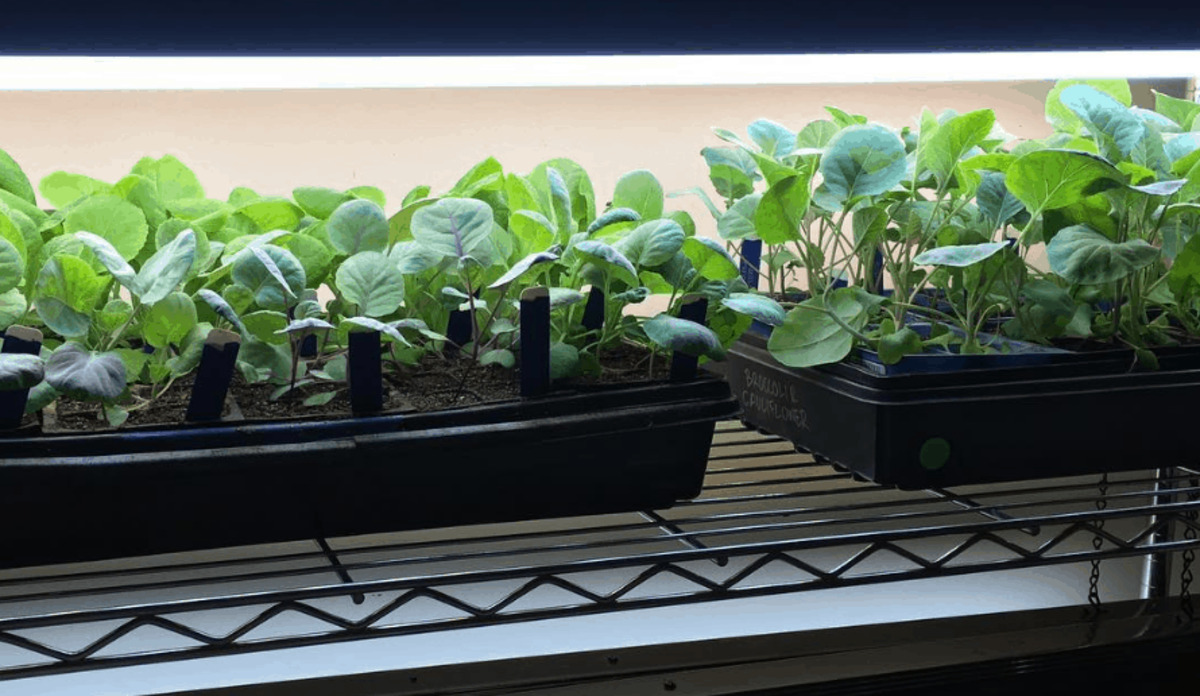
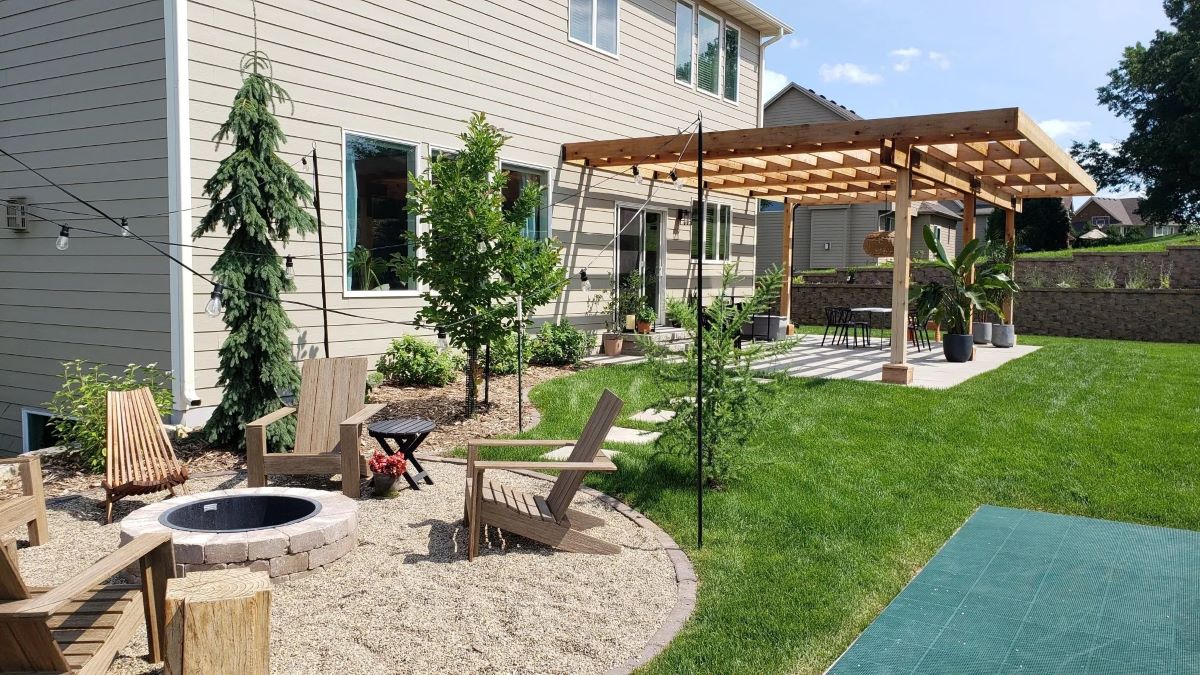

0 thoughts on “Sloped Backyard Ideas: 15 Design Tips For A Terraced Garden”